Best macro lens: close-up lenses for Canon and Nikon DSLRs

Nikon currently offers 40mm and 85mm DX format (APS-C) macro lenses, along with 60mm and 105mm FX format (full-frame) options. You’re somewhat spoilt for choice when choosing which Nikon lens to buy and, as it turns out, there are some even more attractive third-party alternatives on the market. Here’s our list of top six buys, taking build quality, performance and value for money into account.

Best macro lenses for Nikon DSLRs 2018
Why you can trust TechRadar
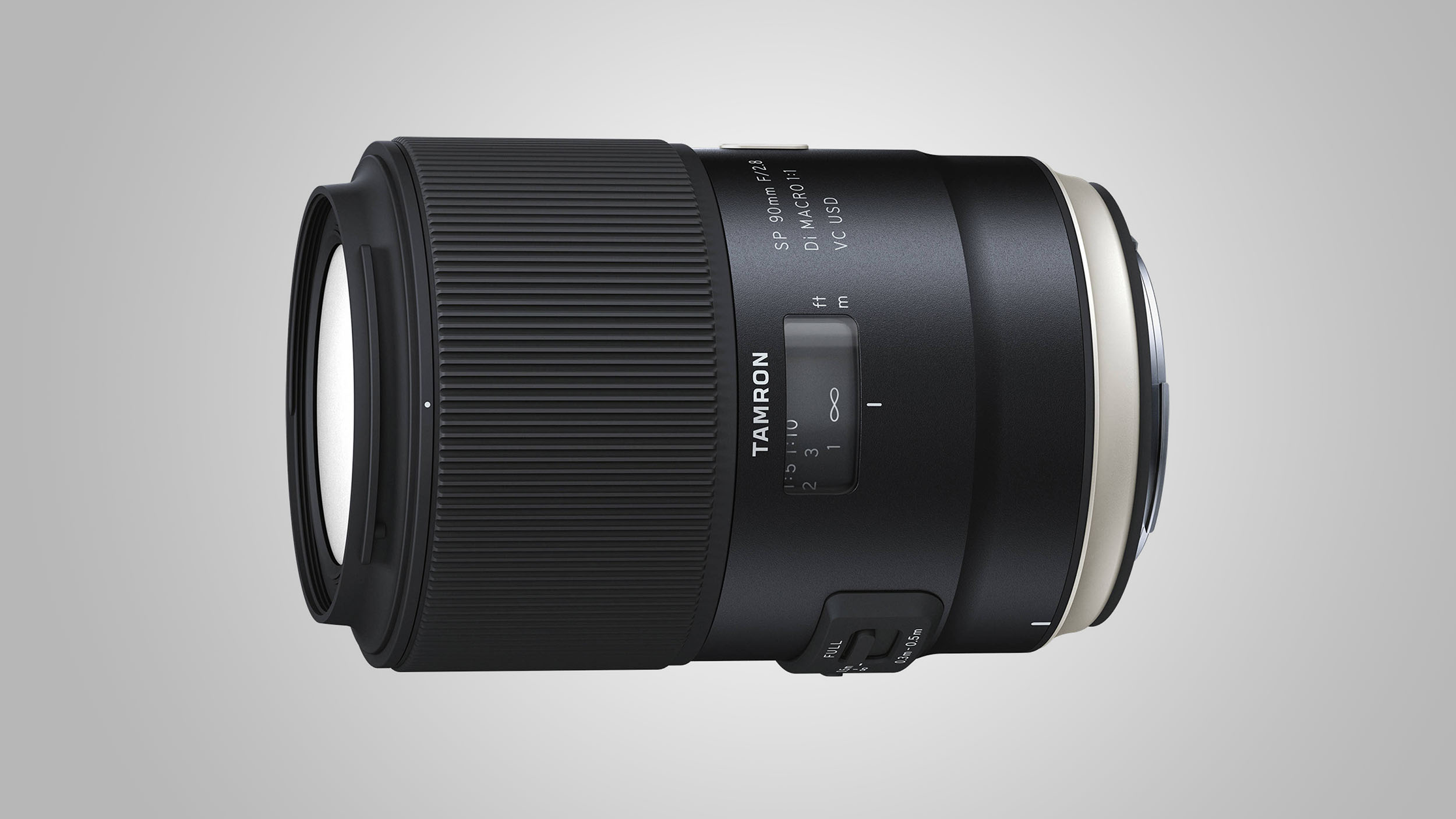
1. Tamron SP 90mm f/2.8 Di VC USD Macro
Specifications
Reasons to buy
Reasons to avoid
Tamron has developed something of a history in manufacturing popular 90mm macro lenses. This latest generation lens is easily distinguishable by having a silver band around the rear, instead of a gold ring around the middle. The new version has upgraded optics, improved coatings, better autofocus and a ‘hybrid’ image stabilizer, which counteracts the effects of X-Y shift as well as vibration. It works better for handheld close-up shooting but you’ll still need a tripod for full 1.0x macro shooting. Build quality and all aspects of image quality and performance are simply spectacular. It’s an incredible lens at a very reasonable price.

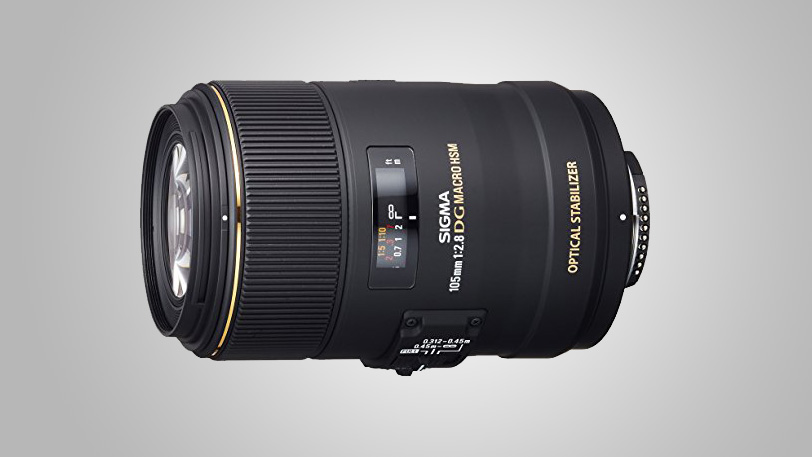
2. Sigma 105mm f/2.8 EX DG OS HSM Macro
Specifications
Reasons to buy
Reasons to avoid
Astonishingly good value, this Sigma is a full-frame compatible macro lens that’s packed with high-end features. Its pro-spec design includes ring-type ultrasonic autofocus for fast and near silent focusing, a highly effective four-stop image stabilization with switchable static and panning modes, a focus distance scale under a viewing panel, and a three-position autofocus limiter switch that can lock out both the short and long sections of the full range. Corner-sharpness at f/2.8 could be a little better but that’s no real issue for macro shooting. Performance and image quality are excellent, making the Sigma unbeatable value for money. Sublime handling and Nikon-rivalling build quality completes this terrific lens.

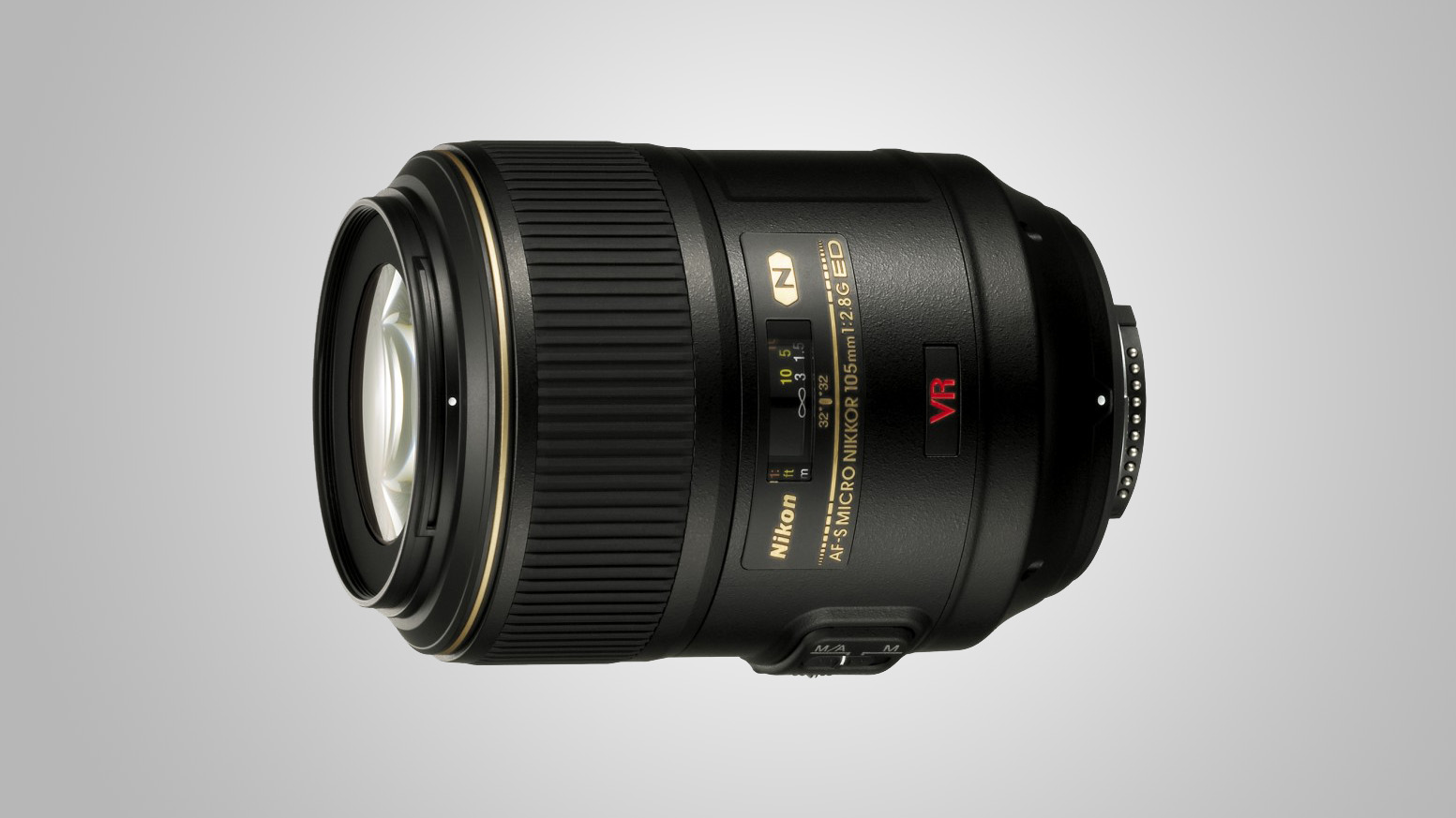
3. Nikon AF-S 105mm f/2.8G VR IF-ED Micro
Specifications
Reasons to buy
Reasons to avoid
Nikon currently markets several of what it calls ‘Micro’ lenses, including two DX models that are specifically designed for use on APS-C format cameras. This was the world’s first macro lens to include an optical stabiliser, although it’s not a hybrid system. The upmarket build includes a weather-sealed mount, an ED (Extra-low Dispersion) optical element, Nano Crystal coating to reduce ghosting and flare, and fast ring-type ultrasonic autofocus. Autofocus and VR (Vibration Reduction) work well for general shooting but are of no real benefit for extreme close-ups. Manual focusing is more precise than in other recent Nikon ‘G-type’ macro lenses and the image quality is very good overall. However, it’s relatively poor value compared with the latest Tamron 90mm and Sigma 105mm lenses.

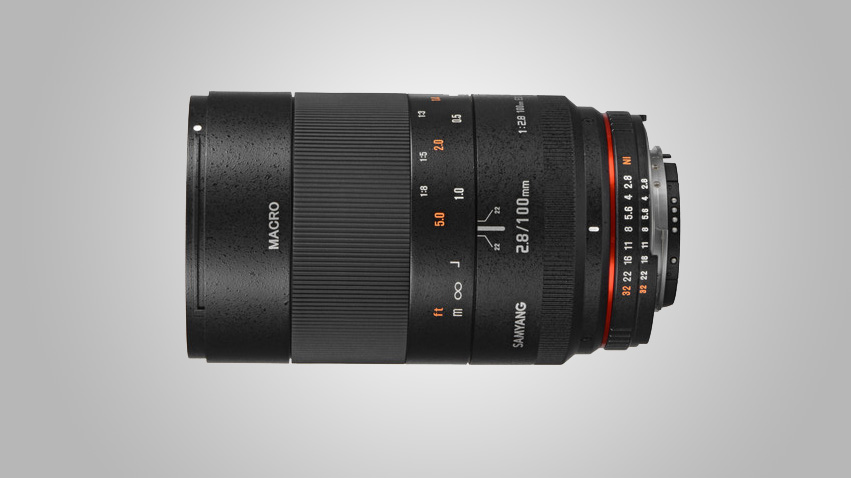
4. Samyang 100mm f/2.8 ED UMC Macro
Specifications
Reasons to buy
Reasons to avoid
This manual-focus Samyang macro lens is available in several different mount options. In all but the Nikon-fit edition, aperture is also set manually. However, the Nikon version includes the electronics and mechanics required for adjusting the aperture from the host camera. The lens is well engineered and handles beautifully. The focus ring has a long travel and is silky smooth in operation, enabling excellent precision for very fine adjustments. High-quality optical elements include both ED (Extra-low Dispersion) and HR (High Refractive) glass. Sharpness and contrast are good even at the widest available aperture of f/2.8, and remain very consistent throughout most of the aperture range.

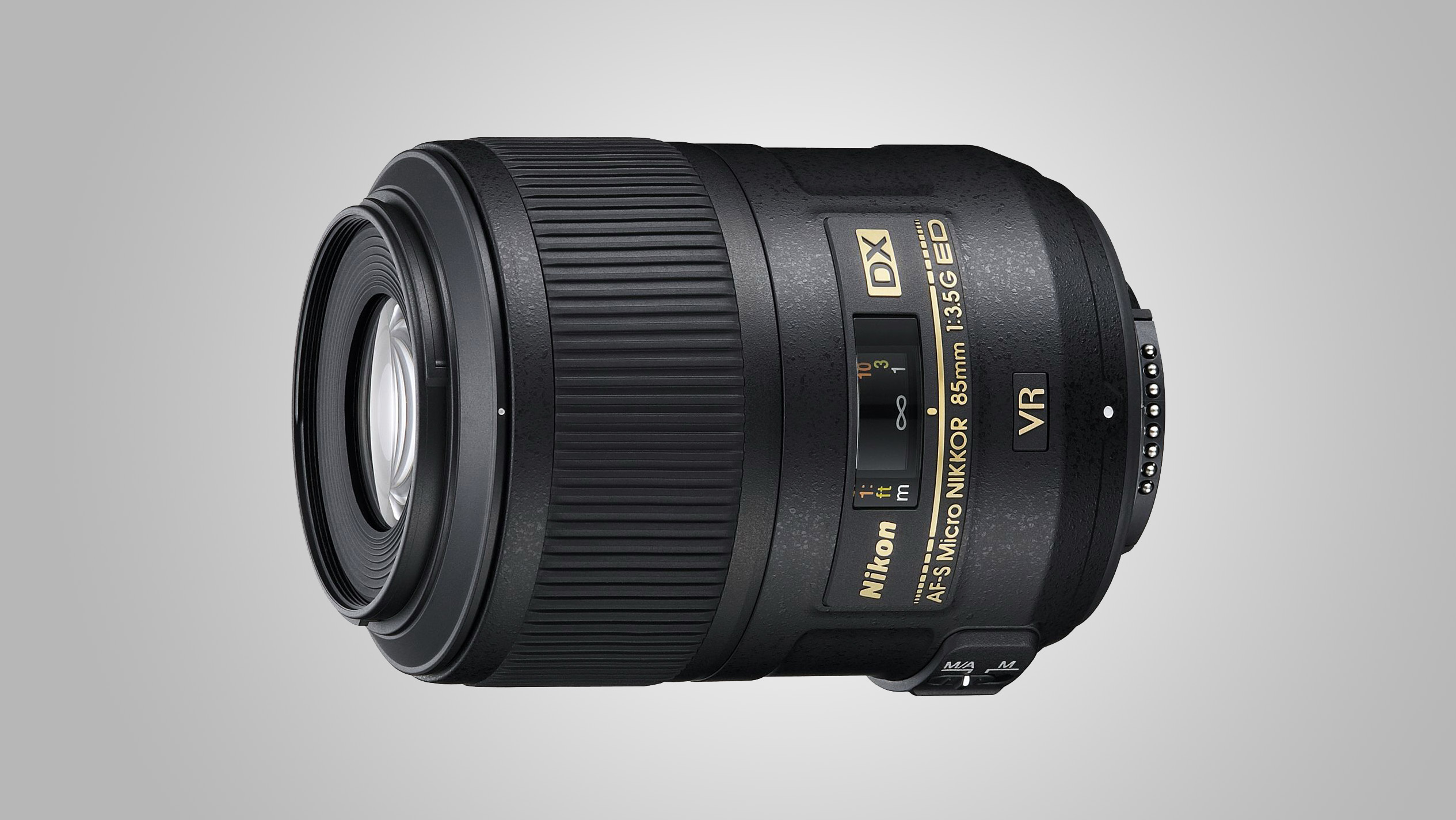
5. Nikon AF-S DX 85mm f/3.5G VR Micro
Specifications
Reasons to buy
Reasons to avoid
Physically, this DX-format lens is 50 per cent longer than its 40mm Nikon sibling. The minimum focus distance is more like that of FX-format 90-105mm macro lenses, at 29cm and unlike the Nikon 40mm, it has an internal focusing system so that the front element doesn’t extend. The upshot is that the working distance for full 1.0x macro shooting is greatly improved, at 14.5cm compared with the 40mm lens’s 3.5cm. Further good news is that this lens features VR (Vibration Reduction), as well as an ED (Extra-low Dispersion) element, both of which are lacking in the 40mm lens. However, the f/3.5 aperture rating is two-thirds of a stop slower than in most macro lenses. Sharpness is uninspiring at f/3.5 but much better at medium to narrow apertures. Overall performance is good, and manual focusing is more refined than in Nikon’s 40mm lens. Even so, we prefer the FX compatible lenses from Sigma or Tamron, even for use on DX camera.

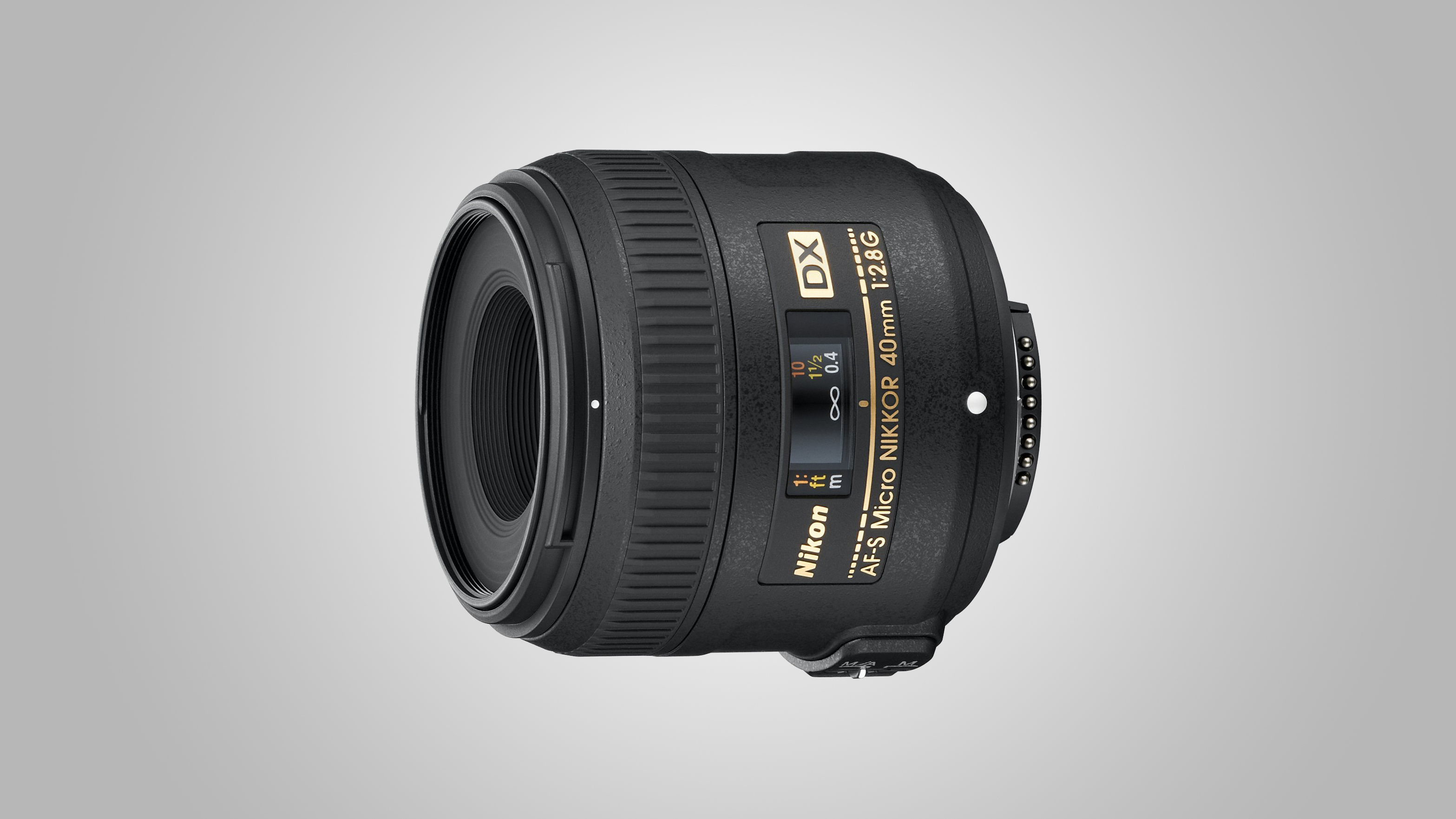
6. Nikon AF-S DX 40mm f/2.8G Micro
Specifications
Reasons to buy
Reasons to avoid
Relatively tiny and a real lightweight, this lens measures a mere 69 x 65mm and, at 235g, is only about a third of the weight of many macro lenses. This is due to it being a DX-format lens, having a short 40mm focal length, and lacking an internal focusing movement. The front of the lens therefore extends physically at shorter focus settings, coming to just 3.5cm from the subject at its minimum setting for full 1.0x magnification. This tends to cast the object being photographed into shadow when using ambient lighting, making flash or constant artificial lighting a must. Image quality is very good, but autofocus is pretty slow, and manual focusing is hampered by a lack of smoothness and precision in the focus ring.

- Best Nikon lenses
- Best wide-angle lenses for Nikon DSLRs
- Best telephoto lenses for Nikon DSLRs
- Best super telephoto lenses for Nikon DSLRs
- Best portrait lenses for Nikon DSLRs
Sign up for breaking news, reviews, opinion, top tech deals, and more.